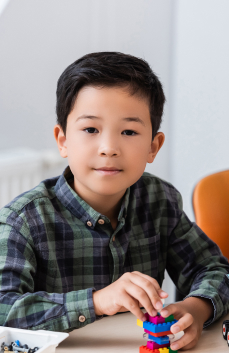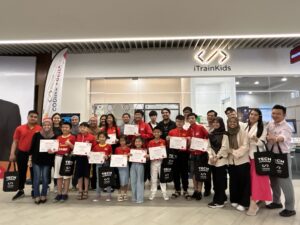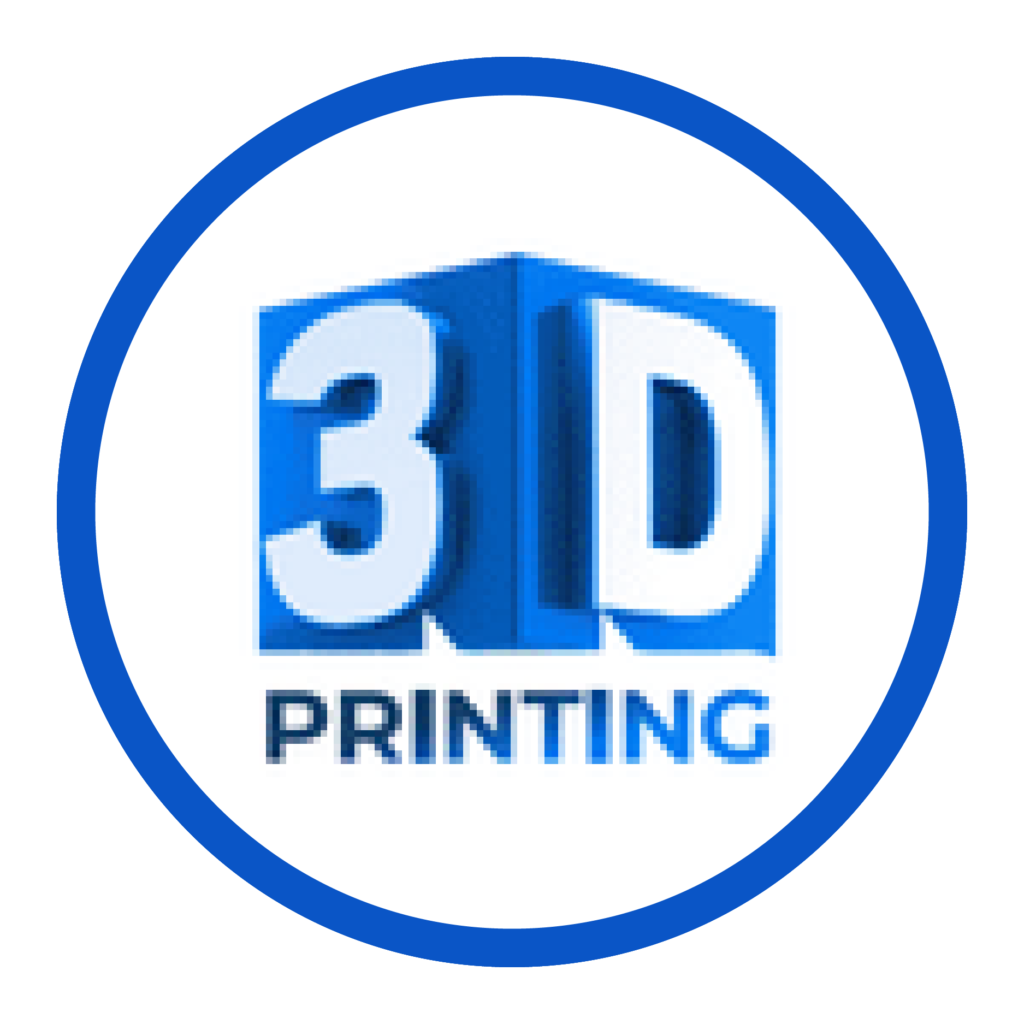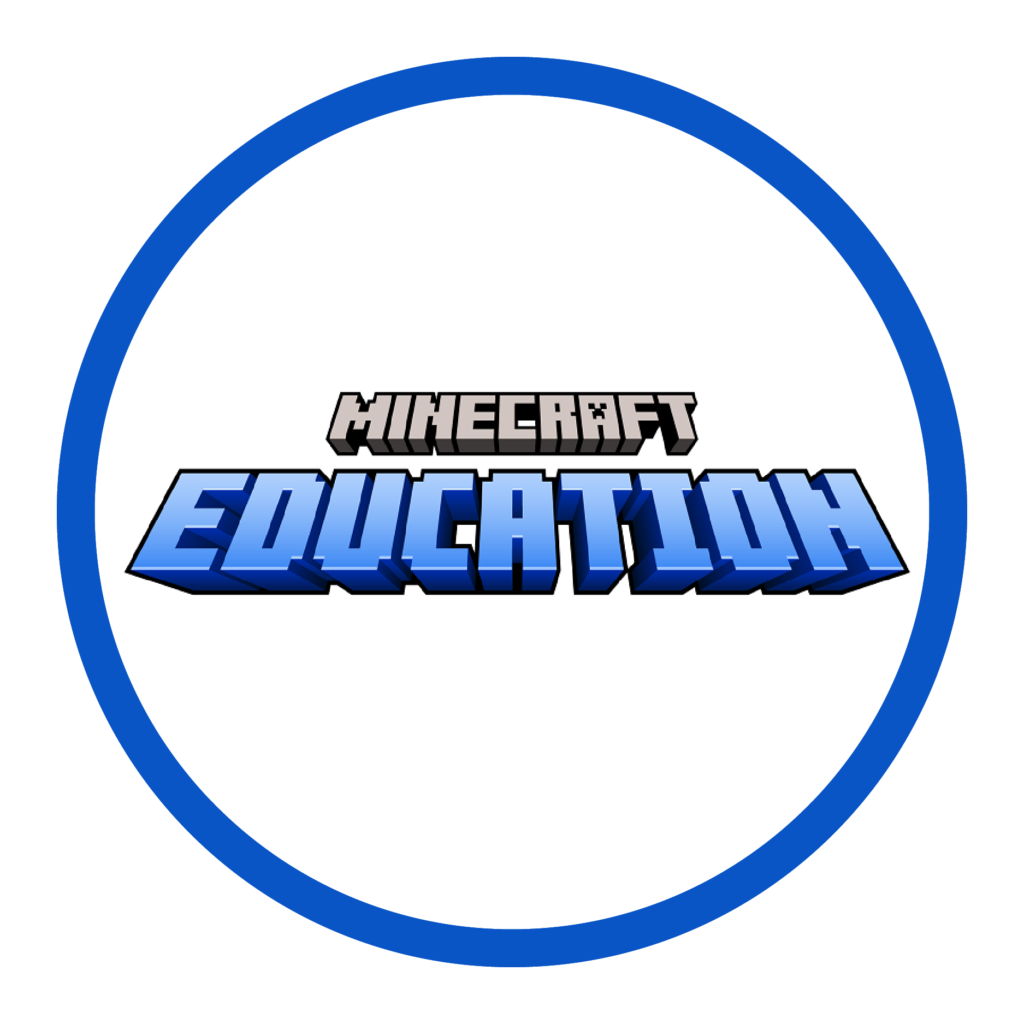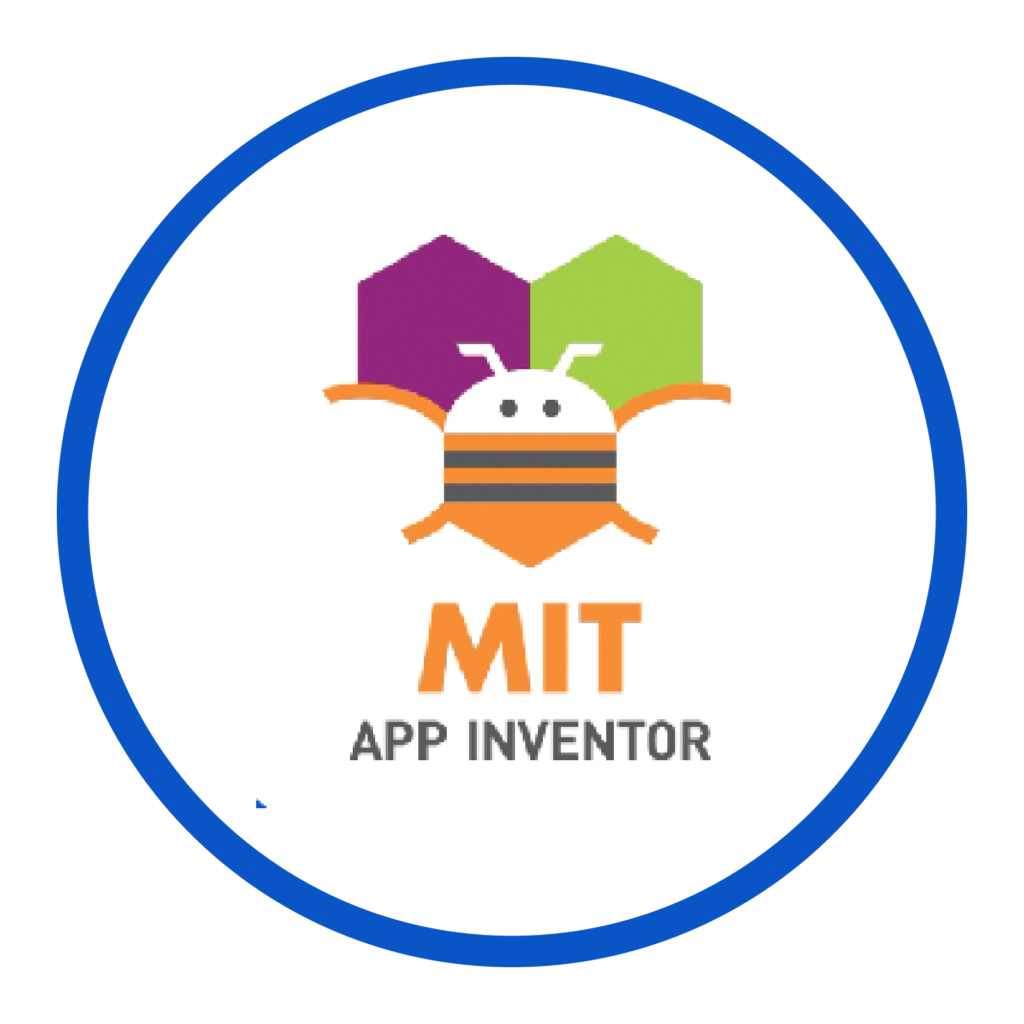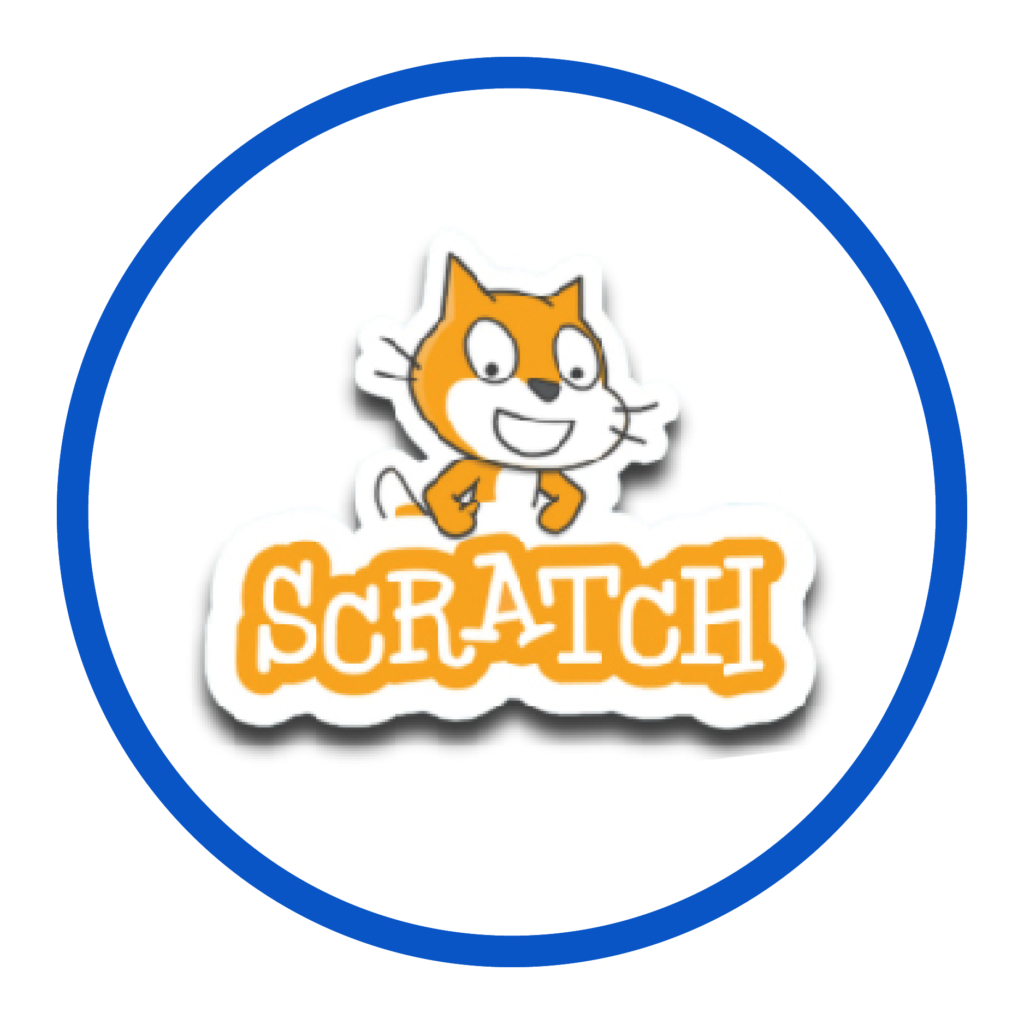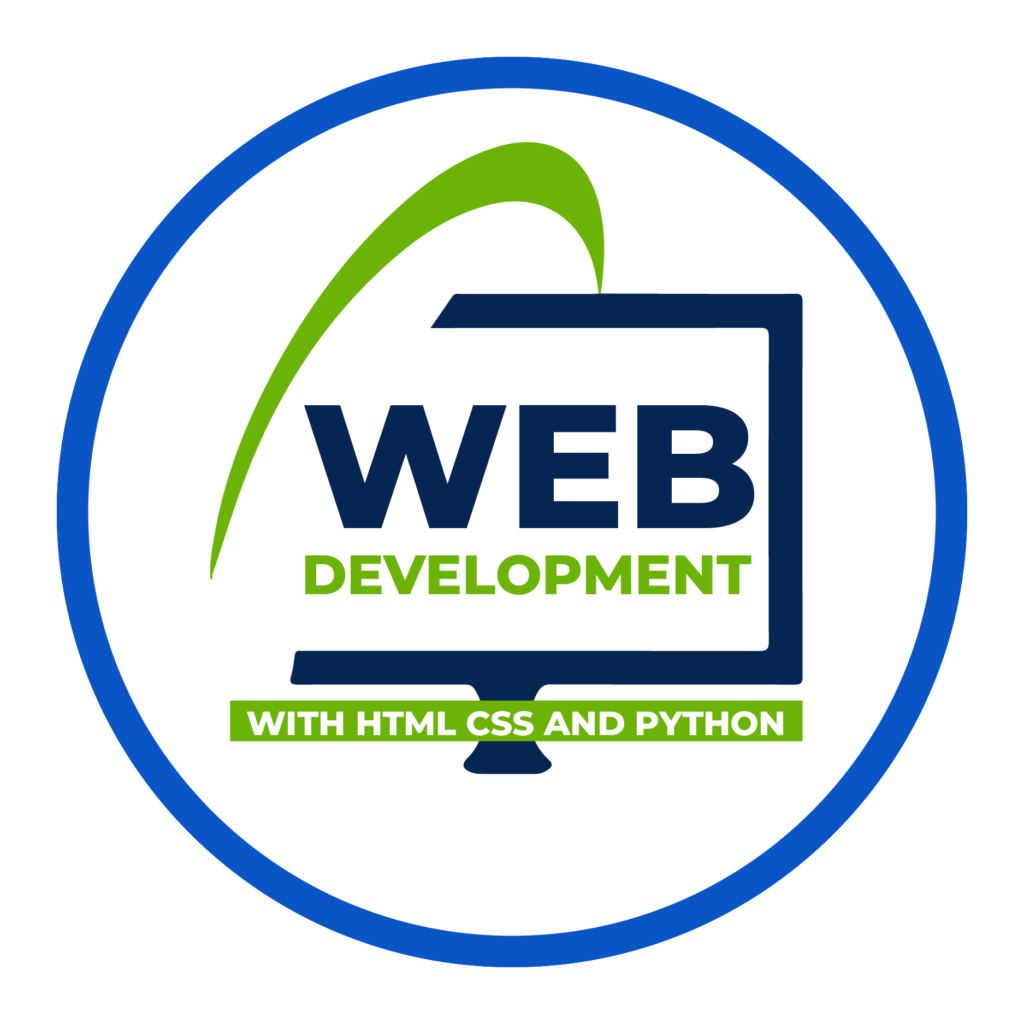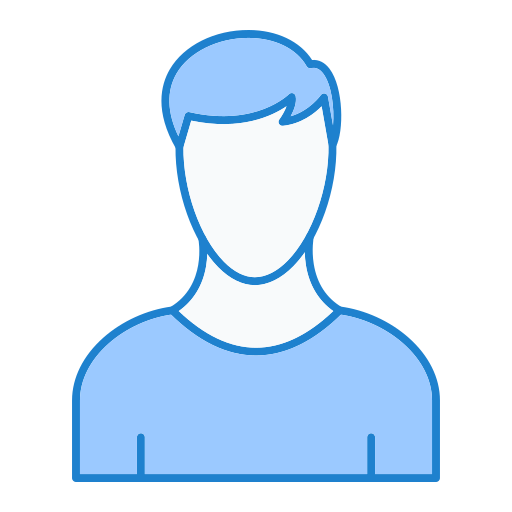Happy Students
Unleash your child's potential with
Interactive coding & STEAM classes
We provide a fun way to learn programming and develop problem-solving & critical thinking skills through instructor-led sessions.
Trusted by several unicorn companies
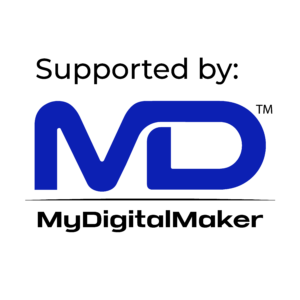
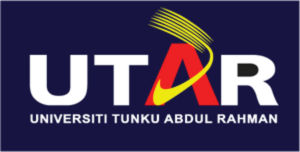
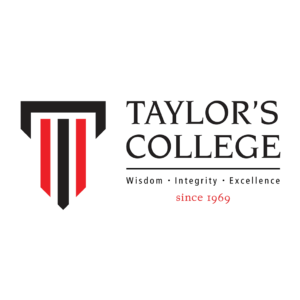

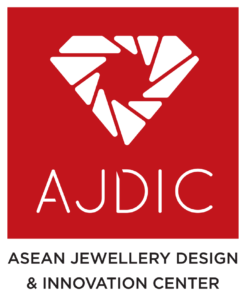
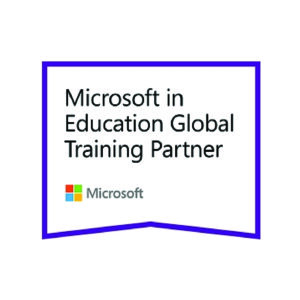
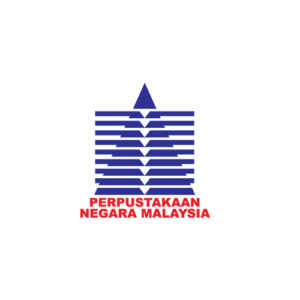
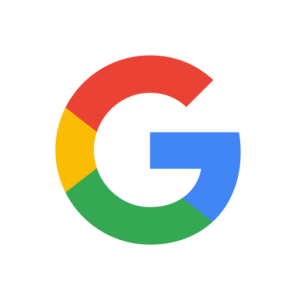
4.8
High-rated
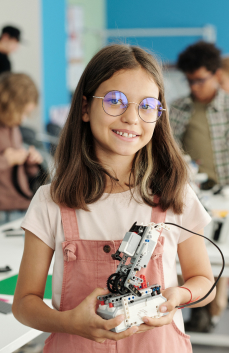
- Programs
- STEAM
- Coding
- Digital Literacy
10+
Highlighted Programs
We provide a wide selection ranging from Game, App and Web Development and Digital Literacy courses. Kids can plan their levels based on their capabilities.
and more!
We teach our learners to create solutions that impact the world they live in, using coding and STEAM techniques as a foundation.
Crafting inspiration of tomorrow
How our learning methodology works
Hands-On Learning
Eliminating learning obstacles for all ages with our hybrid learning settings to help children create their own digital masterpieces
STEM Focus
Delivering up-to-date and customised curriculum to help children learn by connecting new knowledge with known concepts.
Coding Basics
Incorporating interactive sessions with experienced trainers to build innovative and problem-solving mindset in children
We believe in not just talking to our learners about concepts, but showing them. With small class size, hands-on activities, and experiential learning, learners stay engaged and learn faster!


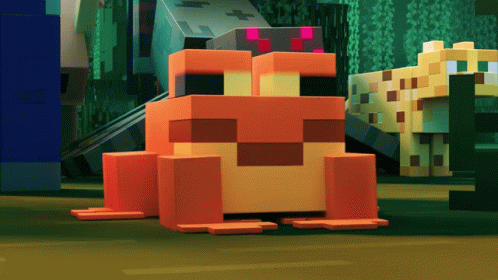
Contact us
Get in Touch with Us
Our encouraging environment is about delivering a truly interactive, intellectual and hands-on environment designed programs with the goal to make learning exciting for young learners.
+603 2733 0337Customer Service Ready to Help You!
iTrainKids @ KL
C-L19-8 KL Trillion 338 Jalan Tun Razak 50400 Kuala Lumpur
9:00AM – 6:00PM (Monday – Saturday)
+6012 798 0622
info@itrainkids.com
iTrainKids @ Bukit Jalil
11-15-1, Jalan Perkasa 15 Asked Explained Bukit Jalil 57000 Kuala Lumpur
9:00AM – 6:00PM (Monday – Saturday)
+60179779186
info@itrainkids.com
iTrainKids @ Mount Austin
21-01, Jalan Austin Heights 3/1 Taman Mount Austin 81100 Johor Bahru, Johor Darul Ta'zim
9:00AM – 6:00PM (Monday – Saturday)
+60137678800
info@itrainkids.com
iTrainKids @ Vietnam
9, Cong Hua, Ward 4, Tan Binh District, HCMC, Viet Nam
9:00AM – 6:00PM (Monday – Saturday)
+84902 617 013
Oanh@itrainkids.com
iTrainKids @ Bhutan
KTM Building, Changangkha, Thimphu Bhutan
9:00AM – 6:00PM (Monday – Saturday)
+975 02 335378
bhutan@itrainkids.com

From coding apps and websites to developing exciting games and creating fun experiments, iTrainKids offers the most creative hands-on ways for children to learn all about science and technology
